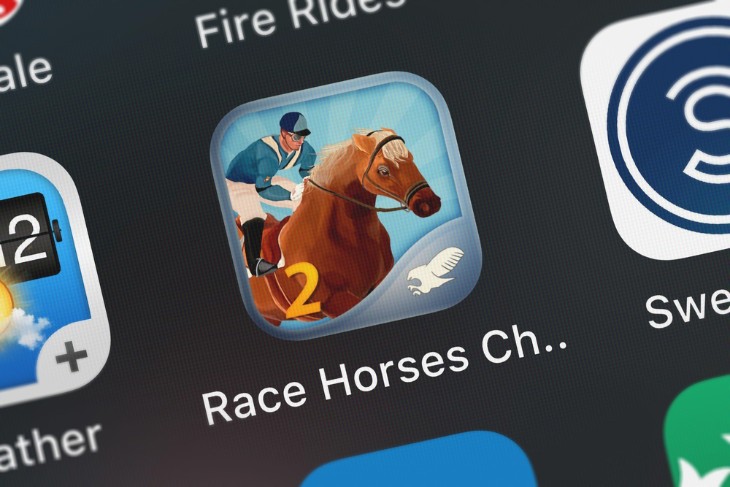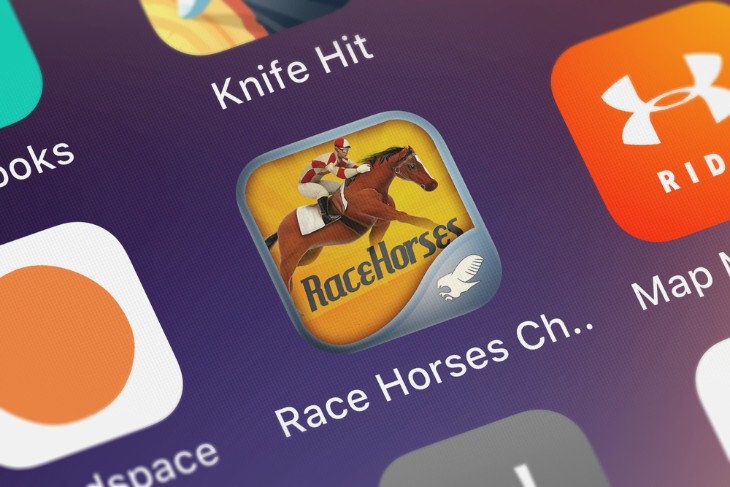- Understanding the Basics of Odds in Horse Racing
- Why Virtual Horse Racing Rules the Roost
- The Method Behind the Virtual Odds
- Key Drivers of Virtual Horse Racing Odds
- Fundamental Differences from Real-World Horse Racing
- The Pivotal Role of Random Number Generators
- Understanding Payouts in Virtual Races
- Conclusion
Understanding the Basics of Odds in Horse Racing
Odds are integral to horse race betting, representing the probability of a horse winning. In traditional racing, odds use fractions (e.g. 3/1) indicating potential returns on bets. Virtual racing presents odds differently - as fixed numbers like 2.50. These precise odds derive from algorithms analyzing factors like past performances and simulated attributes. Comprehending these virtually generated odds allows informed betting decisions. Higher odds have lower winning chances but greater payouts if successful.
Why Virtual Horse Racing Rules the Roost
Virtual racing adds a modern twist to traditional horse race betting. Its innovations provide wide appeal for both seasoned and novice punters.
- Accessibility: Bet from anywhere without visiting tracks
- Availability: Races run continuously
- Betting Diversity: Extensive options catering to all styles
- Fairness & Excitement: Algorithms guarantee unpredictable outcomes, much like real races

The Method Behind the Virtual Odds
A sophisticated platform underpins virtual odds calculations to ensure fair, engaging experiences. Unlike real racing where odds fluctuate based on betting, virtual racing publishes fixed odds.
An extensive dataset feeds algorithms that determine each horse's chances. Favorite horses have lower odds, indicating higher win probability but smaller payouts. Underdogs have higher odds, suggesting lower victory likelihood but much larger payouts if they win. Punters can analyze the calculated odds against the data to identify potential value bets.
Key Drivers of Virtual Horse Racing Odds
Virtual odds may appear randomly assigned. But in reality, they result from intricate calculations to enable fair, competitive betting experiences.
- Past Performances: A virtual horse's track record carries significant predictive weightage. Consistent leaders or laggards see correspondingly lower or higher odds.
- Simulated Conditions: The algorithms account for simulated factors like weather and track variations which impact different horses to different degrees. Just as in real races, some horses enjoy sloppy conditions while others need firm tracks.
- Sophisticated Random Number Generators (RNGs): RNGs inject unpredictability into virtual races, ensuring realistic unpredictability resembling real-world conditions. They operate free of biases, presets or interference. This tech wizardry guarantees every race unfolds uniquely.
- Individual Horse Attributes: Each simulated horse possesses assigned attributes like speed, stamina and agility. Optimal attribute matching with race conditions can dramatically improve victory odds. It provides an additional analytical dimension for punters.
- Dynamic Market Movements: As punters place their bets, popular horses attract more stakes. This alters the prevailing odds - a rush of bets on an unlikely horse could rapidly turn it into a race favorite. The algorithms instantly incorporate these market movements into updated odds.
Fundamental Differences from Real-World Horse Racing
Virtual racing simulates the thrill of real-world racing, but key differences set them apart:
- Absence of external variables like weather or late-minute jockey changes that may impact physical races
- No sudden race cancellations or postponements that disappoint punters
- Continuous virtual racing schedule allows frequent betting
The predictability afforded by these aspects provides punters a consistent, uninterrupted betting experience.

The Pivotal Role of Random Number Generators
In virtual races, sophisticated Random Number Generators (RNGs) randomly determine winners. For each race, the RNG calculates winning probabilities using historical attributes like form, trainer skills and jockey prowess. It then generates a number sequence corresponding to the probability distribution. The "winning horse" is the one with the number range covering the randomly generated number.
This entire process is impervious to external factors and guaranteed fair through advanced encryption. It also closely simulates real-world uncertainties to retain racing's innately speculative nature. The RNG's integral role indirectly impacts each horse's odds but upholds the credibility and impartiality of virtual racing ecosystems.
Understanding Payouts in Virtual Races
Despite the backend complexities, payout calculations in virtual races are simple and straightforward. They reward lucky and informed punters equally.
- Easy Payout Calculations: Final Payouts simply equal Odds multiplied by Stake amount. This simplicity enables fast payouts.
- Locked-in Odds Prevent Surprises: Punters receive full payouts at the odds available when they placed their bets, regardless of later movements. This insulates them from volatility.
- Hedging Bets with Each-way Bets : Each-way bets split the Stake across both Win and Place scenarios. They provide payout cushioning even if the horse fails to finish first but places well.
- Shared Payouts in Prize Pools: In some virtual formats, payouts depend on player pools. Higher participation translates to bigger prize pools but also greater likelihood of distributed winnings.
Conclusion
In conclusion, while powered by advanced technology, virtual racing offers accessible and equitable betting opportunities for punters at all familiarity levels. Understanding the levers influencing the odds facilitates smarter and more strategic bets in this space.
[promotion:23]







